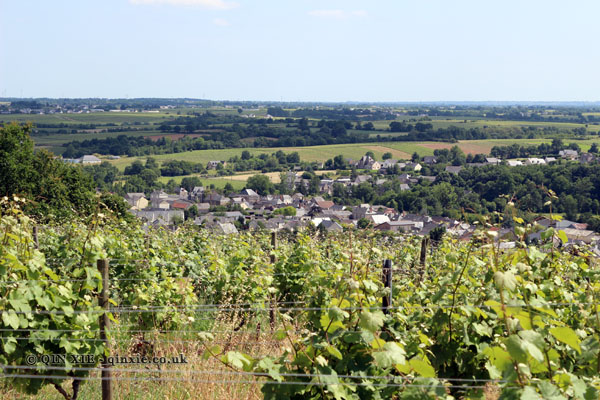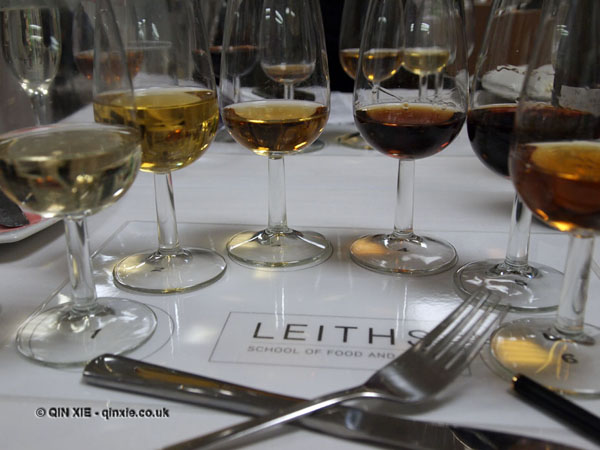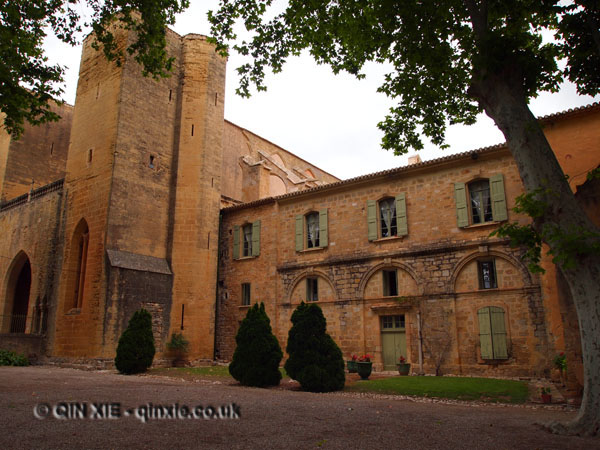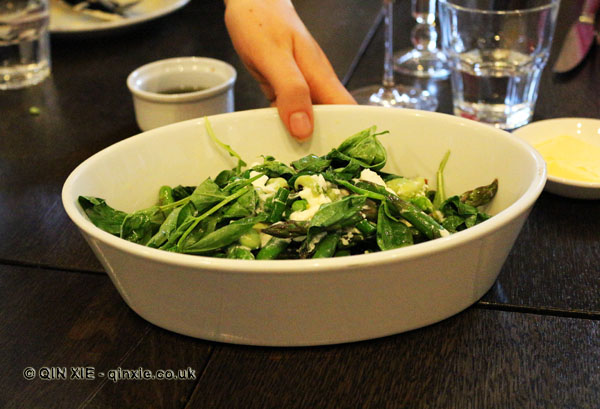Domaine des Forges, Saint Aubin de Luigné
This is a post in the Spotlight on: the Loire Valley series
The family owned Domaine des Forges began when Pierre Robineau purchased two hectares of vines and named it “le Clos des Forges”. Robineau, at the time, was a grocer and draper and the vines were just a sort of side project. It wasn’t until the second generation that more vineyards were purchased and the Domaine grew.
The current owners, Stéphane and Séverine Branchereau, are the fifth generation and own 47 hectares spread across the Anjou. While also making a fair selection of dry wines, their main focus has been sweet wines – they have vines in Coteaux du Layon and Quarts-de-Chaume.
What is notable is the fact that they have sweet wines at various price points, making their product potentially very accessible to price sensitive consumers. However, it’s also a shame because, while their top end product is stunning, the journey to the top is a slow slug of nice but not quite nice enough.
We tasted a sizeable selection starting with the l’Audace du Domaine des Forgres Anjou Blanc 2013, a simple, citrusy wine with light minerality.
Much of their other dry wine selection was focused on Savennières.
Le Moulin de Gué Savennières 2012 was fruity, rather than savoury, with white fruit and apple notes as well as a slight sweetness and minerality. Le Clos du Papillon Savennières 2012 was a crisp wine filled with apples and pears.
Standing out more was La Roche aux Moines Savennières 2012, which had a much richer palate, greater balance and, I felt, greater potential for interesting ageing. Equally rich was Le Clos du Papillon Savennières Demi-Sec 2011, a honeyed, savoury wine with notes of white and tropical fruit as well as a floral highlight.
Moving on to their Coteaux du Layon we started with the entry level Coteaux du Layon 2013, which was not too sweet after the Demi-Sec and had a bit of a minty, eucalyptus touch.
The Cuvée des Forges Coteaux du Layon 2010, which was good for its price point, had a slight petroleum, Botrytised nose with dried apricots and good acidity.
The quirky, but not unpleasant, Coteaux du Layon St Aubin 2013 had a slightly musty, funky nose with lots of tropical fruit and pineapple flavours. The Coteaux du Layon Chaume 2010 had a nice amount of sweetness balanced with acidity but while there were notes of tropical fruits, it wasn’t very complex. The “En Aparté” Coteaux du Layon Chaume 2010 had better intensity from a period of oak barrel ageing.
The concentration really stepped up with the Coteaux du Layon Premier Cru Chaume 2011, which had nice minerality alongside Botrytis notes and fresh acidity.
Next up was the Quarts-de-Chaume 2008, which felt strangely like a Botrytised Riesling but with dried fruit peel and less viscosity. The Quarts-de-Chaume Grand Cru 2011, in contrast, had a rich syrupy texture and incredible acidity blended into the caramel and dried fruit notes.
Finishing things off was the stunning Sélection de Grains Nobles Coteaux du Layon Chaume 1997. It’s the most concentrated wine of the lot, with the highest residual sugar, but still showing a youthful character. With pronounced nose of lychee, caramel, truffle and candied fruit and a rich, syrupy texture, it’s, at last, where great terroir and great winemaking meet.






